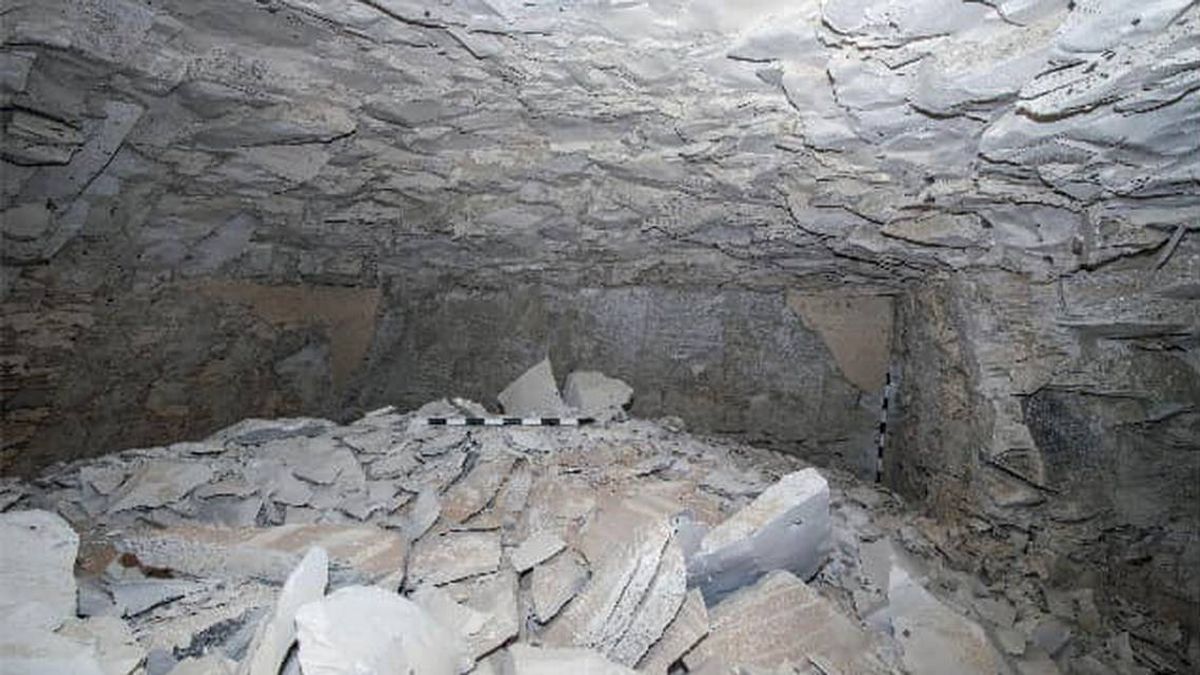The last missing pharaoh’s tomb from Ancient Egypt’s 18th dynasty, during which King Tutankhamun reigned, has been discovered.
The tomb was found near the Valley of the Kings in West Luxor by a joint British-Egyptian delegation. The mummy of King Thutmose II was discovered during the 19th century at a nearby archaeological site known as the Deir el-Bahari Cachette. Thutmose II, who like Tutankhamun was a pharaoh of the 18th Dynasty, ruled from 1493 to 1479BC and is thought to have died around the age of 30.
Mohamed Ismail Khaled, the secretary-general of Egypt’s Supreme Council of Antiquities described this find as “one of the most important archaeological discoveries in recent years”. He continued: “The artifacts discovered there are an important addition to the history of the archaeological area and the reign of King Thutmose II, as the funerary furniture of this king was found for the first time, for whom there is no funerary furniture in museums around the world.”
Keith Amery, a researcher and master in Egyptian archaeology, tells The Art Newspaper that “only a couple of small tombs for private individuals have been discovered in the Valley since Tutankhamun”. He adds: “Tuthmosis II of the 18th dynasty was the last New Kingdom [18th-20th dynasties] pharaoh without an identified tomb. Other royal burial sited have been found since Tutankhamun's tomb in 1922, but I believe the significance of the current British discovery is that the tomb of Tuthmosis II was not in the Royal burial ground of all the other pharaohs of the New Kingdom (the Valley of the Kings) but a previously unexplored side Valley, which holds out the possibility of a second tomb attributed to the same pharaoh.” On 24 February it was announced that a second tomb, potentially housing the mummy of Thutmose II, had been found.
Khaled added that alabaster vessels found in the tomb were inscribed with King Thutmose II as the “deceased king”, along with the name of his principal wife and half-sister, Hatshepsut.
According to an online statement from the Egyptian Ministry of Tourism and Antiquities, the entrance and main passage into the structure were discovered in 2022; internal excavations have since continued at the site. “The tomb encompasses a corridor where the floor is covered with a layer of white plaster, leading to the burial chamber in the main corridor of the tomb where the floor level is about 1.4 metres higher than the floor of the chamber itself,” the ministry adds.
“The [archaeological] team believed that it might be the tomb of the wife of one of the kings, given its proximity to the tomb of the wives of King Thutmose III, and its proximity to the tomb of Queen Hatshepsut,” Khaled adds.
Parts of mortar pieces discovered in the burial chamber are covered in blue inscriptions and yellow stars, as well as decorations and paragraphs from the book Im-Duat, an important funerary book placed in tombs.
Mohamed Abdel Badie, head of the Egyptian Antiquities Sector at the Supreme Council of Antiquities, says that the tomb was found in a poor state of preservation due to flooding, which meant most of the original contents were moved to another location. Archaeological work is due to continue at the site for two more years.


